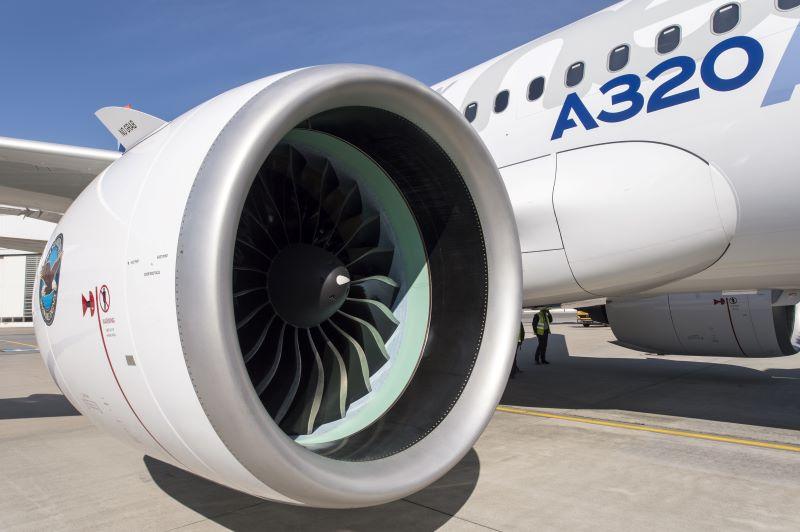
AUSTIN, Texas—Pratt & Whitney President for commercial engines Rick Deurloo said the company is committed to growing engine output to manufacturers and airline in-service fleets, but balancing the two requirements will remain a challenge.
“We have grown our operational output 20%; MRO output was up 30% for the GTF in 2023,” Deurloo told the International Society of Transport Aircraft Trading (ISTAT) Americas conference in Austin. “It is coming up the curve. We have to continue that process.”
In a rare public presentation, Deurloo opened the first day of the ISTAT event with an almost hour-long on-stage interview, showing how pressing an issue the delays coming from the powder metal contamination inspection and repair program is for lessors and airlines.
The powder metal program will mean an average of 350 GTF-powered Airbus A320neo family aircraft will be grounded from 2024 to 2026. The number is “still consistent with our expectations,” Deurloo said. The number is lower than an initially expected peak of up to 650 aircraft in the second quarter of 2024. But the fact that an FAA Airworthiness Directive (AD) has not come at the same time as Pratt’s service bulletins has had a positive effect. Also, airlines have been creative in pairing engines that are still good to fly and are therefore able to keep more aircraft in the air than expected in the initial assumptions. Deurloo expects the AD to be published as soon as this week.
Compounding the situation is work on improving GTF durability.
Deurloo pledged that Pratt will add three more MRO facilities by the end of 2025 in addition to the 16 currently in place globally to be able to reduce the backlog of work quicker. But the strong demand for air travel is putting more strain on the system, Deurloo argued. “Airframers are doing incredibly well right now. They are in the business of selling and delivering airplanes, the demand is absolutely there,” he said. “The thing we are struggling with is how do we balance the OE need with the flying fleet. It is a daily balance we have to do.”
He pointed out that, in his view, Pratt has done “a good job to overcommunicate ... Transparency is incredibly important for us.” Particularly as the powder metal crisis unfolded, many customers had complained that Pratt and its parent RTX were not communicating enough nor putting enough resources into fixing the issue.
Deurloo also stressed that Pratt is very much focused on “meeting our commitments.” But it is still facing constraints in its supply chain. “RTX has 14,000 suppliers; our challenges come from just a fraction of those suppliers,” Deurloo said. Pratt is sending its own people to the affected suppliers to “work through the challenges with them.” Developing new repairs for engine parts in Pratt shops is also reducing strain on the supply chain, Deurloo argued.
The constraints in the supply chain are “absolutely a materials issue,” he said. “We have the workforce in place. The learning curve is different, there is a little bit of that challenge, but ultimately it is material constraints.”
Deurloo emphasized that Pratt is “focused on getting our house in order” rather than spending too much energy on future programs. A new narrowbody program, of which Pratt wants to be a part, will not come before 2035, Deurloo estimated, and “later is better than sooner. Airframers are going to drive that decision.”





